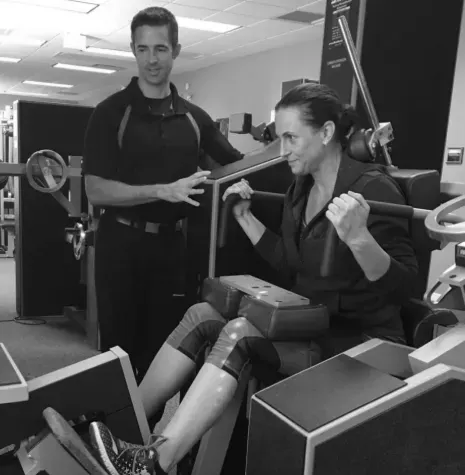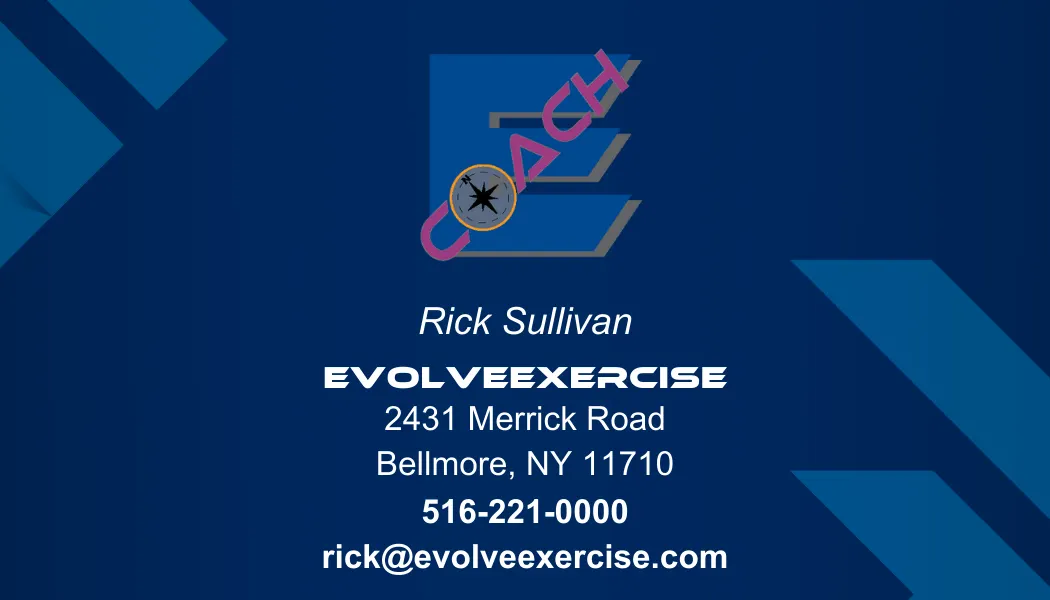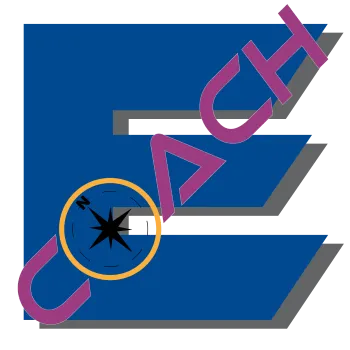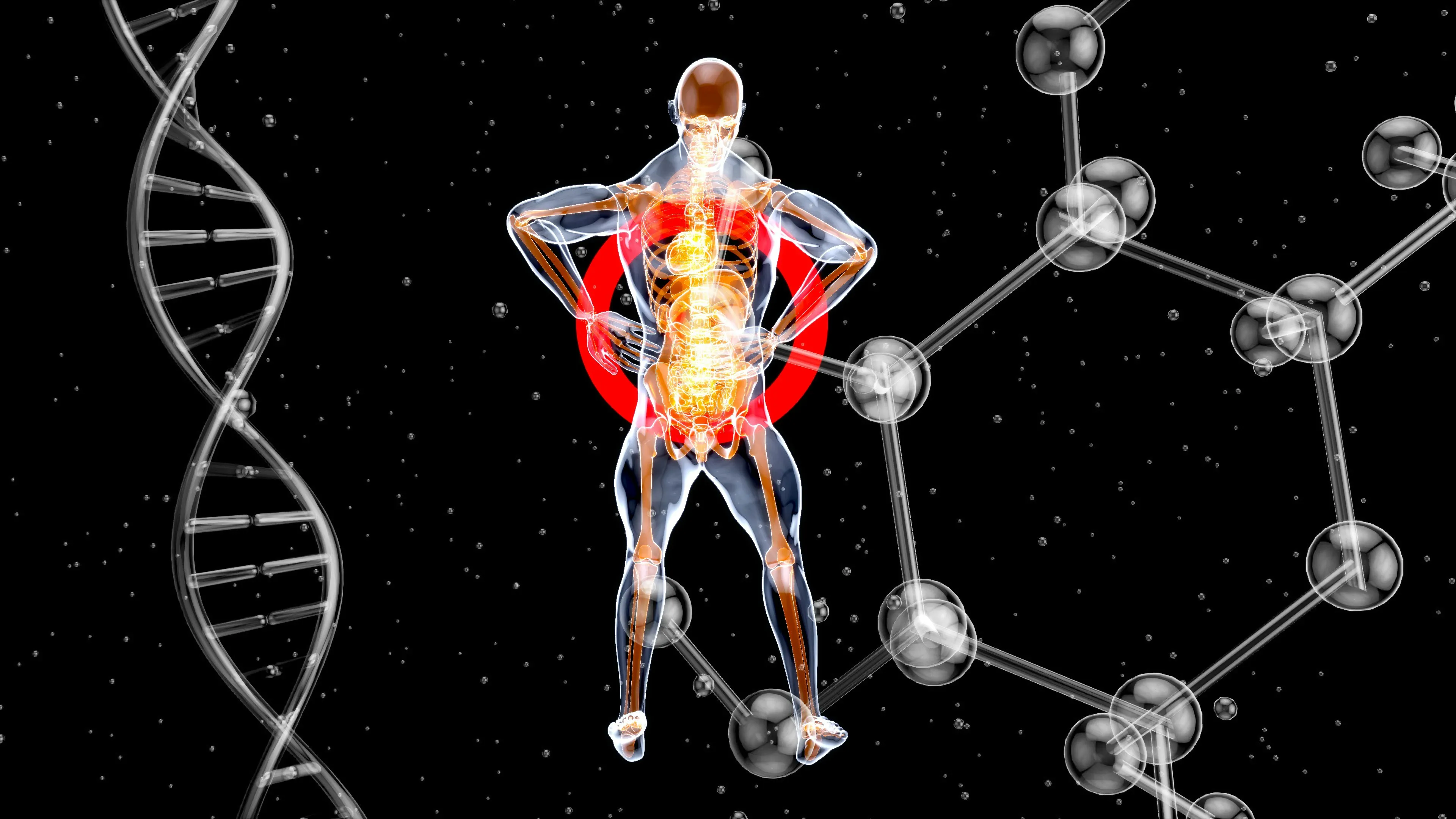Exercise Myths
Debunking Common Exercise Myths

Arthur Jones, the founder of Nautilus Sports/Medical Industries, once made a provocative statement about fitness in the United States:
“If everyone realistically rated their lifetime average physical fitness on a scale from -10 to 10, the combined average would be -4. Physical fitness activities have caused more harm than good. If everyone stopped participating in fitness activities, the nation’s health would improve significantly within weeks.”
This isn’t a condemnation of exercise itself but rather a critique of how we approach it. Exercise, when done correctly, should enhance strength, muscle tone, and overall fitness. Unfortunately, misguided methods often lead to frustration, injury, or no results at all.
Let’s explore three persistent exercise myths and uncover the truth behind them.
Myth 1: Aerobic Exercise is Best for Weight Loss
For years, people believed that aerobic exercise was the ultimate solution for shedding pounds. While cardio has its benefits, research shows that strength training is far more effective for fat loss and overall weight management.
In a study by Ellington Darden, Ph.D., participants were divided into three groups over eight weeks:
1. Diet + Strength Training + Aerobics
2. Diet + Aerobics Only
3. Diet + Strength Training Only
The results were surprising:
- Group 1 lost 10.1 lbs of fat and gained 2 lbs of muscle.
- Group 2 lost only 3.2 lbs of fat and lost muscle mass.
- Group 3 outperformed both groups, losing 18.1 lbs of fat and gaining 2.4 lbs of muscle.

Strength training builds metabolically active muscle tissue that burns calories around the clock—up to an extra 2,600 calories per week with just 5 lbs of added muscle! Overdoing cardio or combining it with extreme calorie restriction can actually hinder fat loss by overstressing the body.
Myth 2: Free Weights Are Superior to Machines
Many believe that free weights are superior for building muscle due to their engagement of stabilizing muscles and the variety of movements they allow. However, this perspective can be misleading. The primary driver of muscle growth is actually muscle tension, which results from sufficient resistance coupled with impeccable form—regardless of whether one uses free weights or machines. The key lies in creating optimal muscle tension throughout the range of motion and for a multitude of reasons, machines are superior.

High-quality machines like Nautilus and MedX are indeed engineered to align with the natural strength curves of individual muscles, offering consistent resistance throughout the range of motion 1, 2. This design allows for more effective muscle stimulation compared to free weights.
The key advantages of these machines include:
- Matched resistance curves: MedX and similar machines use cams designed to match the changing biomechanical advantage along the full range of motion for targeted muscles3. For example, the MedX Lumbar Extension machine has a cam/strength curve ratio of 1.4 to 1, meaning it provides more resistance in the flexed position and less in the extended position, mirroring the natural strength curve of lumbar muscles 2.
- Consistent resistance: These machines provide consistent resistance throughout the movement, unlike free weights which are limited by gravity's constant force 2, 3. This allows for deeper muscle fatigue and potentially more effective strength gains.
- Isolation of specific muscle groups: Machines like the MedX Lumbar and Cervical Extension Machines use patented restraint systems to isolate and strengthen specific muscle groups, which was not possible before their development 2, 4.
- Precise resistance adjustment: MedX equipment allows for small increments in weight adjustment (as little as 2 pounds), enabling more precise progression in training 2.
- Reduced friction: High-quality machines like MedX have significantly less friction (0-5%) compared to traditional equipment (up to 30%), ensuring more consistent resistance throughout the positive and negative phases of the movement 2.
While free weights do have their benefits, their resistance is indeed constrained by gravity's linear force, which doesn't always match the optimal strength profile of muscles throughout their range of motion. This can lead to inconsistent muscle tension during exercises 1, 2, 3.
Myth 3: Cardiovascular Exercise is Key to Good Health
Cardio has been hailed as the cornerstone of health for decades, yet heart disease remains prevalent despite increased physical activity levels. Why? The missing piece is almost always strength training.
As we age, we lose muscle mass—a condition known as sarcopenia—which can lead to fat gain, reduced mobility, and increased strain on the heart. By age 65, the average person may lose a significant portion of their muscle tissue and gain substantial fat as a result.
Strength training combats this decline by preserving muscle mass and improving overall health markers such as bone density, metabolism, cholesterol levels, blood pressure, immune function, and stress reduction. While cardio has its place in a balanced routine, strength training should be a primary focus for long-term health.

The Bottom Line
Exercise myths abound in today's fitness culture, often leading people astray from effective practices. To achieve meaningful results:
- Question popular advice and align your goals with evidence-based methods.
- Focus on quality over quantity in your workouts.
- Prioritize strength training as the foundation of your fitness routine.
By thinking critically and committing to proper exercise techniques, you can unlock the true benefits of physical activity and enjoy a healthier life. Remember, consistency and patience are key—sustainable fitness is a journey, not a destination.
Good luck on your fitness journey! Stay committed, stay informed, and most importantly, enjoy the process of becoming a stronger, healthier version of yourself.


